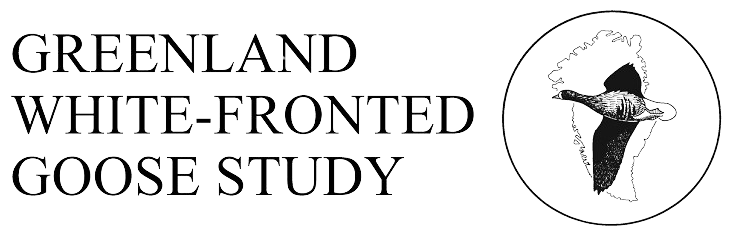History
There is no mention of this flock in Berry (1939) nor in A-W (1963), so there is little historical data on this flock. It is clearly traditionally associated with the raised mire systems of Crinan Moss and the associated wet pasture and rough grazing of the periphery and is likely to be long established, if somewhat overlooked as a result of the remoteness of the habitats they exploit. R&O (1979) mention reported that up to 100 had been reported from the resort at the time of their account, but gave no details and wrote that none had been reported from here in the previous 5 years.
Status
Regional importance (R&O 62). Numbers have shown some variation since regular counts began in 1982 with an abnormal count of 132 suggesting the presence of substantial numbers from another resort. Otherwise, the annual peak counts have been between 30 and 60 throughout, with some suggestion of a gradual decline overall, but stable numbers at the very present.
Maximum winter counts:
Breeding success: Although assessment of breeding success has not been annual at Moine Mhor, there are enough data to suggest a long term downward trend and in particular very low productivity in very recent years (see first diagram below). Because the flock is numerically small, the difference between one family and two makes a very large difference to the ratio of young in the flock, so variance is high, but the trend is clear. Generally trends in production follow those on Islay and suggest lower production that at the larger site (second diagram below).
Feeding sites and habitat: Moine Mhor (Crinan Moss) is a coastal raised mire retaining the original transition from saltmarsh through to raised bog vegetation to the south and west of the site. Geese use the surrounding low-intensity pasture along the River Add for feeding, resorting to the bog dome as a disturbance-free refuge, although this is also used for undisturbed daytime feeding.
Roosting sites: Almost certainly the raised mire of Moine Mhor is used as the nighttime roost site.
Habitat change: None known to affect the geese.
Aircraft disturbance: Not known
Hunting disturbance: Not known, but not thought a problem.
Agricultural disturbance: Not known, but not thought significant.
Site safeguard: The geese use parts of the Moine Mhor NCR SSSI which is National Nature Reserve and a proposed Ramsar Site. Fields used along the River Add lie outwith the SSSI.
SNH Natural Heritage Zones/Area: Argyll West and Islands.
Threats: None presently recognised.
Linkages with other sites: Four marked individuals have been seen at this site. 1RU wintered in Wexford in 1985/6 and 1986/7, at Loch Ken in 1987/8, Wexford in 1988/9, Moine Mhor in 1989/90, was back at Wexford for the winters of 1990/1, 1991/2 and 1992/3, was on Islay in 1993/4 and finally back at Wexford for 1994/5! 6HH was ringed on Islay, was there in 1995/6 and was seen at Moine Mhor in 2004/5, but had not been seen in the intervening period. H7X was caught in Hvanneyri west Iceland and clearly staged at Moine Mhor between at least the 3rd and 11th November 2001 en route to Wexford where it wintered from at least from the 16th November 2001 onwards.
